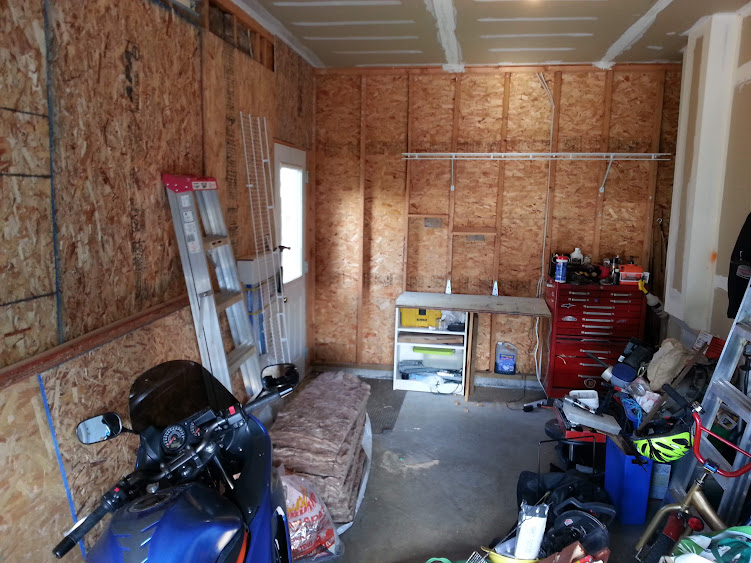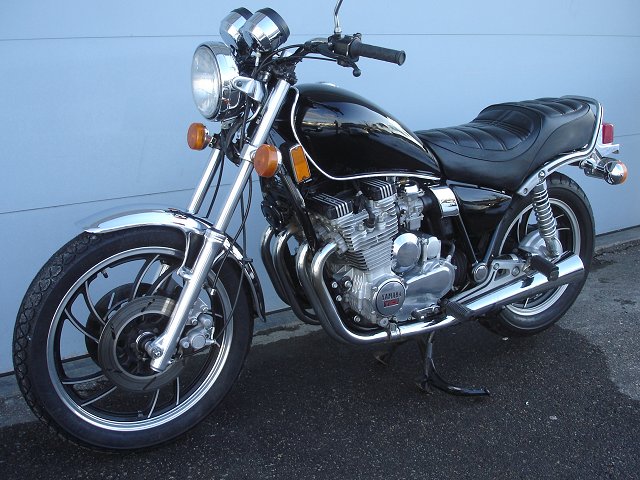| Hey NAIMS, you coulda had my wife there… a master’s degree, great job, but you’re not appealing to her demographic… |
My son and I went down on Friday morning in -25°C temperatures for our first ever motorcycle show at the International Centre in Mississauga. My wife didn’t come because the advertising on the website (which also had a complete lack of social media) put her off. I suspect you’ll get a better class of customer with more in their pocket if you appeal to educated women interested in the sport. I’m not sure who you cater to with the twinkies, but I suspect they aren’t great customers. You’d also bring in many more younger riders (I think the average age at the show was about 50) if you embraced social media.
 |
| Old white guys & twinkies, it’s a weird, backwards, and kinda creepy dynamic, time to change it up |
Since it was my first time at a show like this I was a bit worried that I was bringing my son to a de-tuned strip club, but I was pleasantly surprised. There were a few other families there and the crowd represented a typical Canadian cross section. With the bike clubs on hand, the variety of bikes on show and the various supporting retailers, this wasn’t a biker bar scene at all – it’s a shame that the advertising doesn’t show this for what it is.
There were little herds of Harley aficionados trying too hard in their leathers and badges, but they were a minority. On our way in from the parking lot an older fellow we were walking in with gave us a discount coupon, and the people in the show were encouraging, accessible and not at all snobby (which is nice when you’re a n00b).
We spent the better part of four hours walking around and missed an entire hall. The amount of material was prolific, from the gear to the bikes themselves. Two brands really stood out for me and the others were generally a disappointment.
 |
| You’d normally be hard pressed to get me interested in a Harley, but they make it easy to like them, and what a good looking bike! |
I’m the furthest thing from a Harley Fan, but Harley Davidson Canada put on a great show. They took a good chunk of floor space, had a lot of room to try out bikes and were more than willing to focus on developing a relationship with their customers rather than leaving it to dealers who are only interested in moving units.
Having dealers take care of your brand loyalty is like have the tigers at the zoo do the job of the zookeepers. If they can drum up any customer relationship building at all they’re only pretending, all they really want to do is feed themselves a sale.
I ended up throwing a leg over a bunch of Harleys and I’m much more curious now than I was before, well done HD.
Shows like NAIMS are an ideal opportunity for manufacturers to develop a relationship with their customers, and I was surprised that so few did. I want to be a Triumph fan, I’m from the UK, I love their bikes from a design point of view, but they were only there through a local dealer who parked the bikes so close together that it was impossible to sit on many of them (which was no doubt the idea). The special ‘deal’ on Triumph t-shirts had them on ‘sale’ for $60… for a t-shirt. Between the inaccessible bikes, the over-priced merch and the dealers rolling their eyes whenever your kid wants to try and sit on a bike, we didn’t spend much time in Triumph land.
After the show I’m reconsidering how and why I might become attached to a specific make, or even whether I should (though motorcycling seems particularly intense in its tribal approach to brand).
 |
| Beautiful naked bike, the Z1000… it’s got me thinking… |
Another manufacturer who didn’t take my loyalty for granted was Kawasaki. My first bike was supposed to be a Honda or a Suzuki and it ended up being a Ninja. It’s been a great first bike and the KLR has long been on my mind as an alternate/multi-purpose bike (though the insurance chat later is making that unlikely). Kawasaki has been good to me so far, and the show only made me more of a fan.
Like Harley, Kawasaki showed up instead of only being there through dealers. The reps they had on hand were friendly, helpful and approachable. The bikes were displayed in a way that encouraged you to try them out, and Kawi also brought the bling (which I immediately put up in the garage).
Kawasaki was never on my bike lust list when I was younger (I was all about Interceptors and Gixers), but as an adult buyer they have my attention. Well done Kawasaki!
The rest of the bike show was a whirlwind of gear and meet and greets. Two Wheel Motorsport was there, and I had a quick chat with my motorcycle course instructor (while getting a great deal on a Bell Helmet for my son – I’m all about Bell helmets since seeing Rush).
I had a chat with Riders Plus Insurance. They insured me in my first year of riding and were helpful and efficient. This time round I was curious about how insuring multiple bikes work. They told me that buying a second bike means you’re doubling your insurance payments. This doesn’t make a lot of sense to me as I can only ride one bike at a time. I expected something like you’re insured at the rate of whatever the highest cost bike is plus 10% for the paperwork on the other bike. What I was told was that you get a 10% discount on your second bike and pay another full set of insurance on it… which makes owning multiple bikes not really financially viable, so that dream goes down the toilet.
I was looking for Motorcycle Mojo as we wandered about since I’ve been emailing with the publisher, but couldn’t find them! This show really is huge. But I did find The Widow’s Sons. After a round of secret handshakes I got some contact information. A number of guys in my lodge have bikes but don’t ride with others. I’m wondering if I can start a local chapter, or perhaps join the Grand River Chapter.
My son and I both really enjoyed the show. It let us throw our legs over a lot of bikes and talk with a wide variety of people in the sport. It was a wonderful thing to get excited about riding again even as the temperature outside turned truly arctic. Kawasaki & Harley both get nods as my favourite manufacturers of the show. Their stand up showing has me questioning brand loyalty based on some weird sense of belonging rather than a manufacturer’s interest in genuinely developing a relationship with their customer. As a new rider I’m looking to be wooed. Harley & Kawi both did some quality wooing.
My suggestion? Get yourself out to the North American Motorcycle Show and bring your family along, they’ll have a great time and maybe even get a sense of why you love riding like you do.
I hope the show will reconsider the marketing angle and get away from the twinkie/biker thing on the website and embrace social media next year. If they do, maybe I can convince my wife to come along with us.
Some pictures from the show.




.jpg)

















